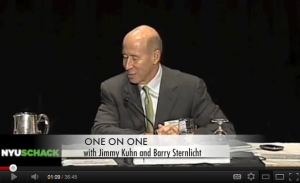A recent report from New York–based commercial real estate research firm Real Capital Analytics (RCA) reveals that apartment sales figures closed out 2011 on a positive note. The firm’s “2011 Year in Review” report shows that the fourth quarter of 2011 netted $16.6 billion in sales, the highest quarterly volume racked up since 2007. This marks a 16 percent increase from the previous quarter and a 24 percent bump from fourth-quarter apartment sales in 2010. Among the more optimistic data revealed in the report was the rebound of garden-sector sales.
Garden properties ended up 47 percent ahead of the 2010 figures, and it appears that the sales momentum experienced in the fourth quarter will carry over into the first quarter this year. “Given the stable cap rate environment for garden properties, compared to sinking caps in mid-/high-rise, that trend is likely to continue in 2012,” projects Thypin.
See the whole AHF article here: Apartment Sales Close Out 2011 on the Rise


